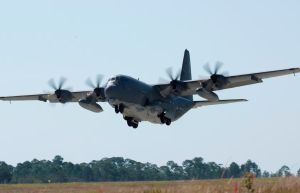Zhenyuanlong Suni, a new dinosaur fossil found in China was unveiled on Thursday. It is the largest winged fossil ever found. The winged animal was described by a paleontologist as a "fluffy feathered poodle from hell."
The near complete skeleton of the feathered raptor was found in sedimentary rock that formed in ancient lake beds in China's Liaoning Province. Even though the animal was compared to a "poodle" by University of Edinburgh paleontologist Steve Brusatte, the animal was five to six-feet long and carnivorous, and covered with mostly "hair-like feathers." It possessed a long tail with more pronounced, larger quill-pen-like feathers that were also said to extend from the dinosaur's wings, reports the Inquisitr.
"Although larger feathered dinosaurs have been identified before, none have possessed such complex wings made up of quill pen-like feathers," the paleontologists wrote. Despite having bird-like wings, Zhenyuanlong suni probably could not fly, at least not using the same type of powerful muscle-driven flight as modern birds. It is unclear what function the short wings served, reports Sci-News.
But they might have been used in colourful sexual displays, just as peacocks parade their tail feathers to court peafowls. Another possibility is that the dinosaur used its wings to protect its eggs, according to The Guardian.
"This new dinosaur is one of the closest cousins of Velociraptor, but it looks just like a bird. It's a dinosaur with huge wings made up of quill pen feathers, just like an eagle or a vulture," said Stephen L. Brusatte, who is a co-author of a paper published in the journal Scientific Reports.
Co-author Junchang Lü from the Chinese Academy of Geological Sciences' Institute of Geology added: "The western part of Liaoning Province in China is one of the most famous places in the world for finding dinosaurs. The first feathered dinosaurs were found here and now our discovery of Zhenyuanlong suni indicates that there is an even higher diversity of feathered dinosaurs than we thought. It's amazing that new feathered dinosaurs are still being found."
© 2025 HNGN, All rights reserved. Do not reproduce without permission.








